Mildew: What is it? How do we detect it? How do we treat it?
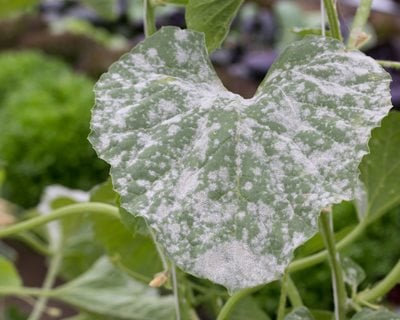
Mildew is a type of fungus that can be very annoying if you have a small orchard or garden.
It is distinguished from its closely related counterpart, mildew, largely by its color: molds appear in shades of black, blue, red, and green, while downy mildew is white.
It appears as a thin, superficial growth consisting of tiny hyphae (fungal filaments) produced especially on living plants or organic matter such as wood, paper, or leather. Both mold and mildew produce different unpleasant odours, and both have even been identified as the cause of certain ailments in people.
What is mildew?
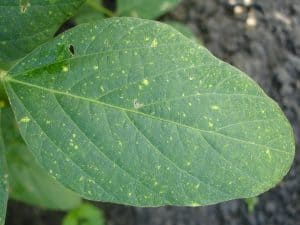 Mildew is a fungal-type disease that can occur at any stage of plant development, if conditions of high humidity and temperature (11 to 13°C) are present.
Mildew is a fungal-type disease that can occur at any stage of plant development, if conditions of high humidity and temperature (11 to 13°C) are present.
It is a particularly serious disease when it comes to seedlings, due to the damage that the flower stems can suffer due to the invasion of the fungus, producing contaminated seeds.
It can affect both indoor and outdoor plants. The disease is characterized by round or oval whitish spots on the leaves and stems.
Then the spots increase in size and abundant mycelium and greyish to purplish sporulation develop in the tissues, which finally dry up and die.
The mildew capable of doing a lot of damage, even affecting people or other objects. Although it is true that mildew mainly affects vegetables, it produces spores that worsen human health, aggravating respiratory diseases such as asthma and causing allergies.
How does mildew affect plants?
Mildew develops inside the leaves, stems and fruits, appearing as a grayish-white powder that covers everything.
In fact, white and yellow spots appear on the leaf, while the underside remains greyish. The leaves dry at the tips and the spots move inwards. It makes the leaves fall.
How is mildew produced?
The fungus becomes active when humidity rises and temperatures range between 10 and 25°C. During the winter, it usually remains dormant waiting for the optimal conditions for its development.
These conditions usually occur during the spring. When the temperature rises and the humidity is high (sprinkler irrigation, rain, dew), the fungus will begin to develop and reproduce.
What crops does it affect?
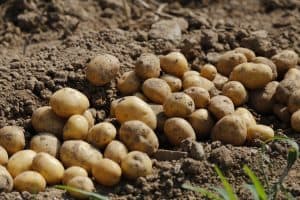 In agriculture, mildew usually damages potato crops, vines, tobacco and cucurbits, not forgetting, of course, cannabis crops.
In agriculture, mildew usually damages potato crops, vines, tobacco and cucurbits, not forgetting, of course, cannabis crops.
It is a fairly specialized pathogen, since each species normally attacks a specific and relatively small number of plants.
One of the best known species is Plasmopara viticola or vine downy mildew, which was introduced to Europe in 1878 by the French when they imported American vine strains resistant to phylloxera, but hosts to this fungus.
Mildew also affects cucurbits that group together plant species of great economic interest for increasing food production, such as: cucumber, melon and pumpkin.
How can we eliminate mildew?
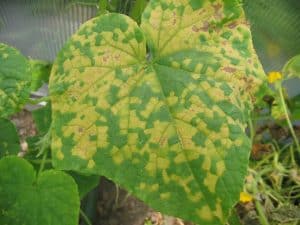 The best way to eliminate mildew is prevention, since once it is installed on the plants, it is impossible to eliminate this disease. Therefore it is recommended:
The best way to eliminate mildew is prevention, since once it is installed on the plants, it is impossible to eliminate this disease. Therefore it is recommended:
Permanent monitoring of the plant to timely establish control measures; remove affected crop debris as soon as they are observed and crop rotation.
The use of chemical treatments is also recommended as long as they are suitable fungicides to combat mildew recommended by specialists in the field and health authorities, when dealing with large crops.
The application of fungicides must be carried out throughout the plant and continue as long as the environmental conditions that facilitate the development of the disease remain. It is necessary to alternate fungicides with different active ingredients since the pathogen can generate resistance.
In general, to control mildew, the possible treatments can be of three types:
Contact
They act where they are applied. Their action lasts about 7 days, but they are very sensitive to water. They only protect from new infections by acting as a barrier.
penetrate the plant
They do not reach the sap but their action lasts up to 10 days and they resist washing. They are able to stop infections in early stages.
systemic
They can reach the sap of the plant, act for 12 days and resist washing if the application has been made at least one hour before wetting the plant. They are capable of eradicating the disease once the symptoms are observed.
How to make a home remedy to treat mildew?
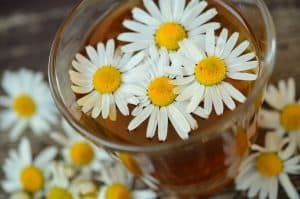 As preventive treatments against mildew, it is recommended to opt for sprays with chamomile broth.
As preventive treatments against mildew, it is recommended to opt for sprays with chamomile broth.
Make a preparation with 50 gr of chamomile flowers per liter of water, dissolve at a rate of 9 liters of water per liter of preparation.
You can also make a garlic infusion with 50 grams of garlic cloves per liter of water, dissolve 1 liter of preparation in 4 liters of water and spray. Bordeaux mixture, copper oxychloride and dithiocarbamates are also used as prevention.
What are the differences between mold and mildew?
Typically, mold is black or green in color while mildew appears gray or white. However, there are some more specific details with which we can distinguish whether it is mold or mildew:
- Powdery mildew can be easily recognized as white or gray patterned spots on plant leaves.
- Mildew usually grows in a flat pattern and appears in a powdery or fluffy form. It can be easily identified as a white, gray, or yellowish fungal stain found on the surface of a moist area. Mold usually turns black or brown over time;
- Mold usually has a slimy appearance. It appears by producing irregularly shaped spots that can have different colors: blue, green, yellow, brown, gray, black or white. Often surfaces that are covered in mold begin to rot.
Bibliography and references
- Buczacki, Stefan. (1999). Pests and diseases of garden plants. Akal Editions. Madrid Spain.
- Jacas Miret, Josep Anto. (2005). Biological control of pests and diseases. Publications of the University Jaime I. Castellón-Spain.
- Gonçal Barrios, Joan Reyes. (2004). Modeling of vine mildew. Phytoma Magazine. Valencia Spain. Reproduced from: https://ruralcat.gencat.cat/migracio_resources/617683_mildius.PDF
- Alvarado-Aguayo, Allan; Pilaloa-David, Wilmer; Torres-Sanchez, Sinthya; Torres-Sanchez, Kevin. (2019). Effect of Trichoderma harzianum in the control of mildew (Pseudoperonospora cubensis) in cucumber. Costa Rican Agronomy Magazine. Costa Rica university. San Pedro-Costa Rica. Reproduced from: http://www.redalyc.org/articulo.oa?id=43659698007

![Photo of Tomato Tan or Tomato Dry Acariasis: [Concept, Detection, Effects and Treatment]](https://www.complete-gardening.com/wp-content/uploads/2022/08/tomato-tan-or-tomato-dry-acariasis-concept-detection-effects-and-treatment-390x220.jpg)
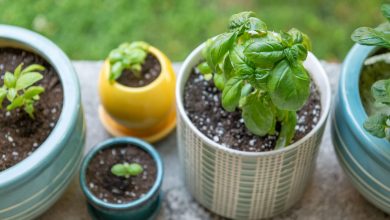
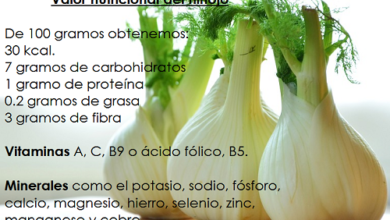
![Photo of Chayotes: [Cultivation, Irrigation, Care, Pests and Diseases]](https://www.complete-gardening.com/wp-content/uploads/2021/06/Donde-plantar-el-chayote-255x220.jpg)